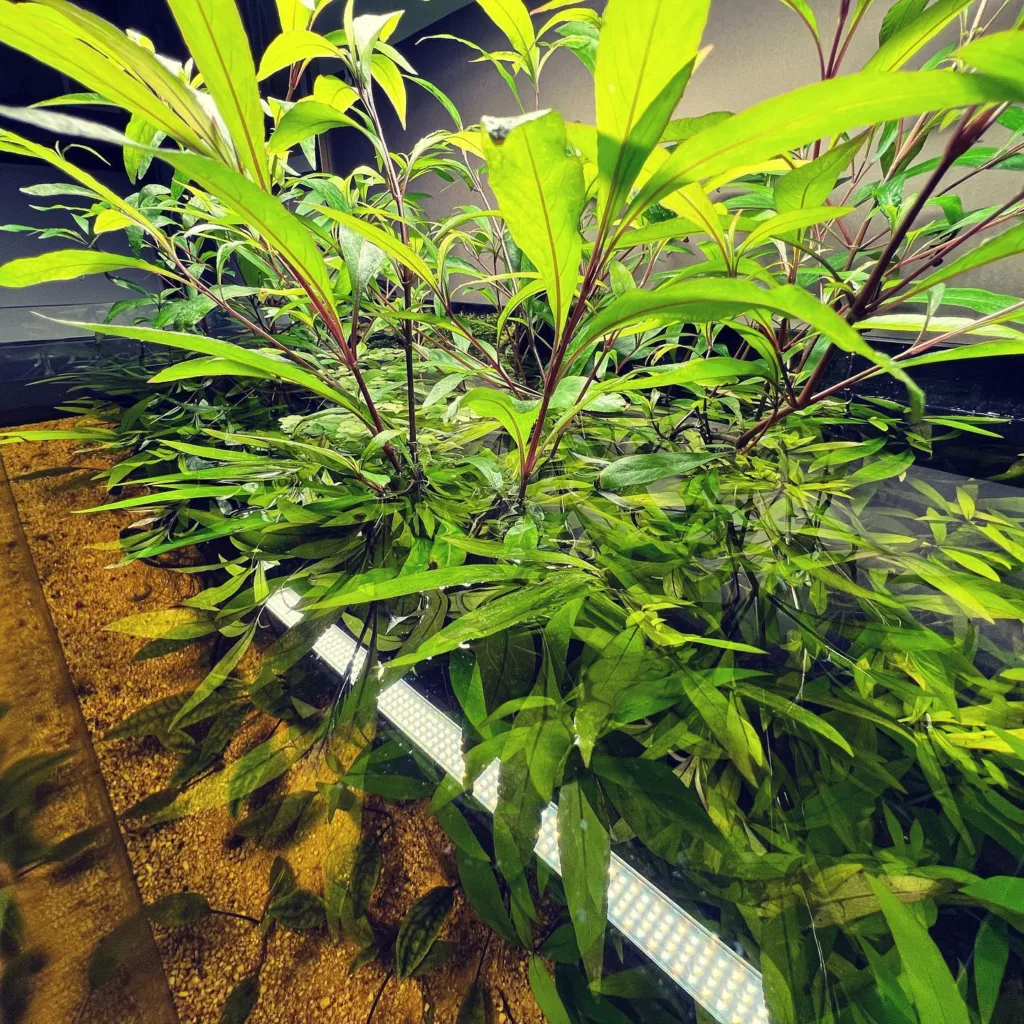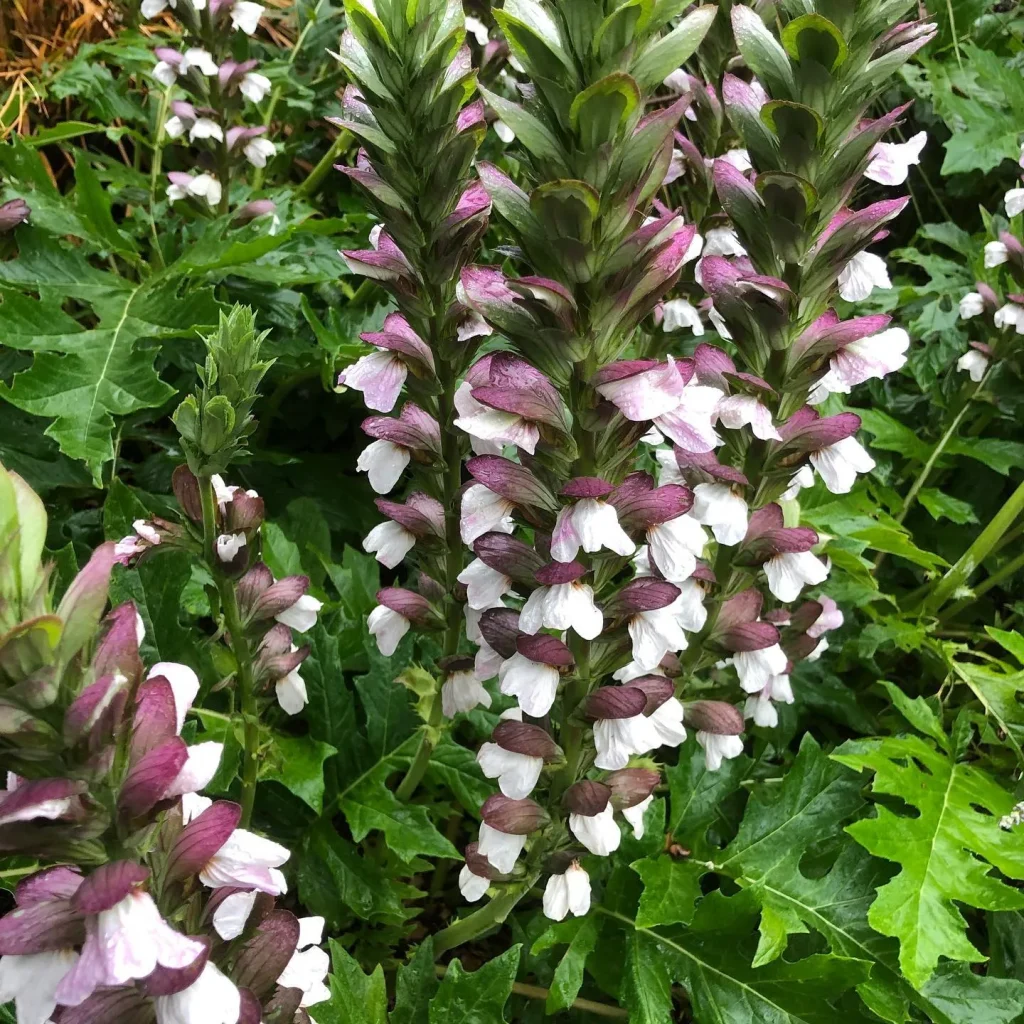
My Journey with Euphorbia Trigona: A Resilient and Elegant Beauty
Euphorbia Trigona, also known as the African Milk Tree, has been one of my favorite plant companions. Its upright, architectural growth and resilience make it a standout addition to any collection. Let me share my experience with this fascinating plant and offer insights into its care and unique characteristics.
2093 Species in Genus Euphorbia
Is an African milk tree a cactus?
Well, it’s not exactly a cactus, but it does share some similarities. When I first encountered an African milk tree, I was struck by its resemblance to a cactus, with its thick, fleshy stems and spines. However, it belongs to a different botanical family called Euphorbiaceae. Despite this difference, it still has that desert vibe that makes cacti so appealing.
Do African milk trees flower?
Yes, they do! I was pleasantly surprised when mine bloomed for the first time. The flowers are small and delicate, usually in shades of cream or pale yellow. Seeing those blooms was a delightful reminder of nature’s beauty and the rewards of caring for my plant.
How fast do African milk trees grow?
African milk trees aren’t known for their rapid growth, but with the right conditions, they can put on a few inches each year. When I first brought mine home, I was eager to see it grow, but I soon learned that patience is key. It’s more about the journey of nurturing the plant than expecting rapid changes in size.
How to care for African milk tree?
Caring for an African milk tree is relatively straightforward. I’ve found that they thrive in bright, indirect light and well-draining soil. Overwatering is a common mistake, so I make sure to let the soil dry out between waterings. As for temperature, they prefer warm conditions and can tolerate some drought, mimicking their native desert habitat.
How to get African milk tree to branch?
Encouraging branching in an African milk tree requires a bit of pruning. I’ve found that trimming the tips of the stems can stimulate new growth and create a fuller, bushier plant. It’s a simple yet effective way to shape the plant and encourage a more robust appearance.
How often to water African milk tree?
I typically water my African milk tree every 2-3 weeks, allowing the soil to dry out completely between waterings. They’re quite resilient and can tolerate some drought, so it’s essential not to overwater. I’ve learned to pay attention to the plant’s cues, adjusting my watering schedule based on environmental factors like temperature and humidity.
How to prune African milk tree?
Pruning an African milk tree is relatively straightforward. I trim any dead or leggy growth to maintain its shape and encourage healthy new growth. I also prune the tips of the stems to promote branching and create a more compact, bushy appearance. Regular pruning helps keep the plant looking its best and prevents it from becoming too unruly.
How to propagate African milk tree?
Propagating an African milk tree is quite simple. I’ve had success with stem cuttings, allowing them to callous for a few days before planting them in well-draining soil. It’s essential to provide the right conditions for the cuttings to root, such as bright, indirect light and slightly higher humidity.
How to repot African milk tree?
Repotting an African milk tree is necessary when it outgrows its current pot or when the soil becomes depleted. I typically choose a slightly larger pot with fresh, well-draining soil. Carefully removing the plant from its old pot and gently loosening the roots helps minimize transplant shock. After repotting, I make sure to water lightly and monitor the plant for any signs of stress.
Is African milk tree poisonous?
While African milk trees are not typically considered poisonous, they do contain a milky sap that can be irritating to the skin and toxic if ingested. I’ve learned to handle my plant with care, wearing gloves when pruning or repotting to avoid contact with the sap. It’s essential to keep them out of reach of pets and children to prevent any accidental exposure.
Where to buy African milk tree?
I found my African milk tree at a local nursery that specializes in succulents and cacti. However, they’re also available from online retailers and specialty plant shops. When purchasing a plant, I look for healthy specimens with no signs of pests or disease. It’s essential to buy from reputable sellers to ensure the quality and authenticity of the plant.
Can a African milk tree be put outside?
While African milk trees can tolerate some outdoor conditions, they’re best suited to indoor environments, especially in colder climates. I’ve found that they thrive in bright, indirect light indoors and are sensitive to frost and extreme temperatures. However, they can benefit from spending time outdoors during the warmer months, as long as they’re protected from direct sunlight and harsh weather conditions.
Can You Plant A Euphorbia Trigona Outside In Southern Arizona?
Yes, Euphorbia Trigona can thrive when planted outdoors in Southern Arizona, as long as it is provided with well-draining soil, adequate sunlight, and protection from extreme heat or cold.
Does Euphorbia Trigona Drop Its Leaves From Drought?
Yes, Euphorbia Trigona may drop some of its leaves during periods of drought or stress. This is a natural response to conserve water and is not necessarily harmful to the plant. Ensuring proper watering and humidity levels can help minimize leaf drop.
Does The Sap Of Euphorbia Trigona Cause Cancer?
The sap of Euphorbia Trigona, like many other Euphorbia species, can be toxic and irritating to the skin and mucous membranes. While contact with the sap can cause skin irritation and allergic reactions in some individuals, there is no evidence to suggest that it causes cancer.
How Deep To Plant Euphorbia Trigona Cuttings?
When planting Euphorbia Trigona cuttings, bury them about an inch deep into the soil. This allows for proper root development while providing stability for the cutting.
How Do Euphorbia Trigona Retain Water?
Euphorbia Trigona, like other succulent plants, stores water in its stems to survive periods of drought. Its thick, fleshy stems help it retain moisture, allowing it to withstand dry conditions.
Why I Love Euphorbia Trigona?
Euphorbia Trigona embodies resilience and elegance. Its low-maintenance nature and striking appearance make it a joy to care for. Every time I see it thriving in my home, I’m reminded of the beauty of nature’s architecture.
For anyone considering adding Euphorbia Trigona to their collection, I wholeheartedly recommend it. It’s more than a plant—it’s a conversation starter, a statement piece, and a testament to the wonders of the natural world.
If i die, water my plants!



